Over four days, the IPA unveiled a fresh batch of research into marketing effectiveness. the7stars were on hand (physically and virtually) to sift through the new evidence and pull out the key learnings for advertisers.
The ‘Double Jeopardy’ Rule has been quantified. And scale ups and challengers can benefit twice.
A new meta analysis of 343 econometrics studies led by Grace Kite added significantly to the effectiveness evidence bank. Over the last decade, Byron Sharp, Paul Dyson and Mark Ritson have all highlighted the role of pre-existing brand equity in determining campaign returns; but until now the ‘Double Jeopardy’ rule was an abstract concept for brands.
Leaning on econometric modelling across brands and categories, the team have identified that every £50m of underlying revenue adds an additional £0.4p of ROI. Not only does this help contextualise effectiveness findings and enable better ‘pound for pound’ comparisons across brands and industries, but it also aids outer year planning for early life-stage brands. These findings can be applied to better plot a path to profitability over successive campaigns, and more carefully phase investment as scale ups mature.
Marketers should look to employer and shareholder brand as success measures for their purpose campaigns.
Peter Field dipped into the IPA databank to add some much-needed rigour to the debate on Brand Purpose. Though the depth of evidence in the database was less than ideal – this was an important first step and some initial learnings emerged.
The key insight that purpose campaigns generated less large business effects than non-purpose campaigns was unsurprising – however the range of outcomes observed was noteworthy. Purpose does not inherently represent a barrier to effectiveness, but brands should be wary to avoid any bias for action with their campaigns. In the absence of era defining ideas (Dove, Kenco etc.), they should look at purpose as a key element of their B2B strategies, and as vehicles for employer branding. Among the cases in the databank, purpose campaigns were significantly more likely to report measurable effects on supplier reputation and investor awareness than non-purpose campaigns.
Analysts need to take centre stage to stimulate a culture of effectiveness.
Our own Tashan Nicholas discussed five ways that analysts can encourage evidence-based decision making among both agencies and advertisers.
Among his advice was a rallying cry for analysts to deepen their business knowledge and become more upstream and proactive in driving business growth. It is also necessary to take a more consultative approach and invest a greater share of time in project design and delivery than technical execution – ‘measuring thrice and cutting once.’
Analysts should also take on a multi-faceted coaching responsibilities – redistributing knowledge through their organisations to better equip decision makers in the application of evidence– ‘coaching not coaxing.’
Agencies and advertisers should create joint effectiveness roadmaps to navigate the volatile post pandemic environment.
One of the flagship reports released was the IPA’s Culture Monitor – a wide sweeping survey of marketing professionals to assess the state of the effectiveness nation. Though the report found effectiveness culture to be in good health, one standout recommendation was for organisations to create effectiveness roadmaps to further improve their cultures.
In the volatile post pandemic environment, where distribution networks and advertising consumption have been significantly disrupted – we believe it is crucial for advertisers and agencies to take this journey together.
To foster this collaborative approach to effectiveness, we are rolling out business acceleration plans across our new and existing clients in 2022. These roadmaps serve as a shared vision for growth, a joint strategy, with effectiveness at the heart of them; and aim to simplify the complex communication landscape and detail out the areas of focus that will ultimately lead to the desired business growth.
Creative has turned inward, but should advertising hold a mirror to society or put lipstick on the pig?
Orlando Wood made the compelling case that trends in advertising creative have been strongly influenced by the smartphone revolution – drawing comparison to the art produced in the shadow of the Industrial Revolution and the Reformation. Our increasing inwardness as a society is reflected in a reduction in humour in creatives, as well as increasing detachment, inwardness, barrenness, and a loss of vitality.
This point was eloquently and persuasively made, but the actions available to the industry are less obvious. Is it in the gift of creative directors to challenge broader societal trends, or must they necessarily reflect them?
‘Quality Reach’ challenge demands innovation in audience measurement.
The first client panel of the conference highlighted the challenge advertisers face in accessing quality advertising reach as media consumption fragments and pandemic audiences normalise (Kiel Peterson, Diageo). Further observations about the state of Share of Voice Measurement in the digital age (Rob Brittan) stacked on top of this to create a true challenge for brand media planning.
The application of attention measurement data to planning (explored by Karen Nelson-Field) offers one route to improving investment allocation but is insufficient for advertisers in isolation. The success of cross media measurement initiatives such as Project Origin is key to driving intelligent investment allocation as media consumption fragments and advertising products evolve. Brand managers and media planners need an agile, accurate and all-seeing audience measurement solution to plan for effective reach in the current media landscape. Much hinges on the successful scaling of Origin.
For the time being, there is a complex web of data and analytics for decision makers to navigate. Periodic survey data on consumption; isolated behavioural datasets, cumbersome incrementality measurement (often too blunt an instrument), nascent attention measurement data, and contextual opportunities, all need to be balanced to design an equation that solves for effective reach.
the7stars have already integrated Attention measurement into our Audience Planning Process (Gravity Planning), adding an extra layer of intelligence to investment allocation decisions. Attention measurement is an important leap forward, but this is a nascent field. We are continuing to test and learn to understand the role of attention in placement optimisation within specific channels, and wait patiently for media owners to facilitate a better cross media audience measurement solution.
Share of Search extension highlights poor speed to the dissemination of best practice effectiveness measurement.
James Hankins shared further research into Share of Search as an effectiveness measure – deepening the link between change in Share of Search and change in Market Share. The prominence of this work highlights wider trends in the effectiveness measurement sector, however.
Brand Search and relative Share of Brand Search were commonly used metrics among effectiveness analysts even before the influential book ‘Everybody Lies’ was published in 2017. A lack of open discussion regarding best practice characterises the worlds of marketing mix modelling, attribution, and marketing experimentation; and makes for an overwhelming supplier landscape for advertisers and procurement professionals to navigate. Forums such as EffWorks help to progress the debate, and media owner teams such as Facebook’s have helped to foster increased intelligent debate – but lack of codification and common training standards represents a barrier to progressing measurement standards beyond search intent and towards long term profit.



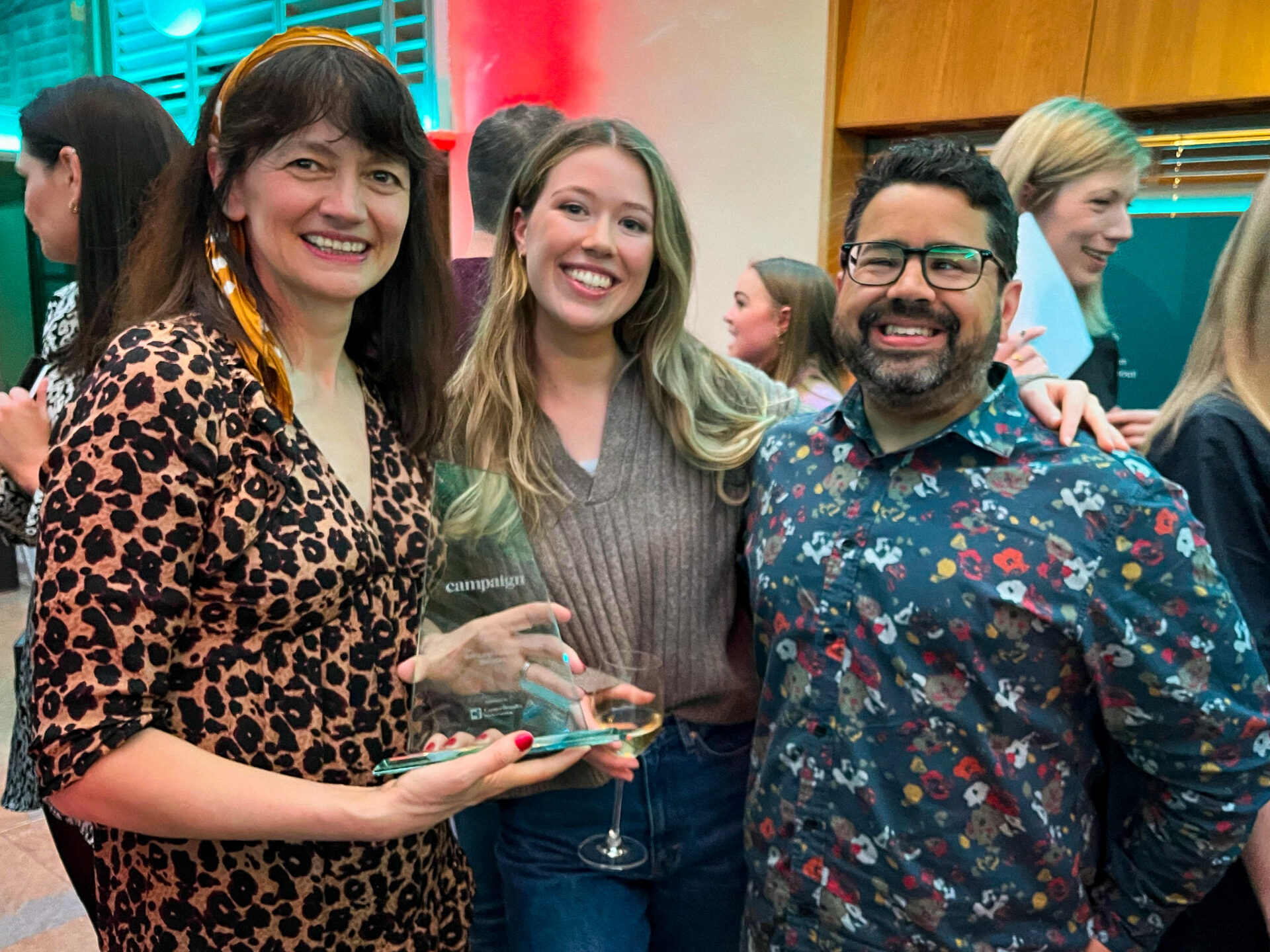
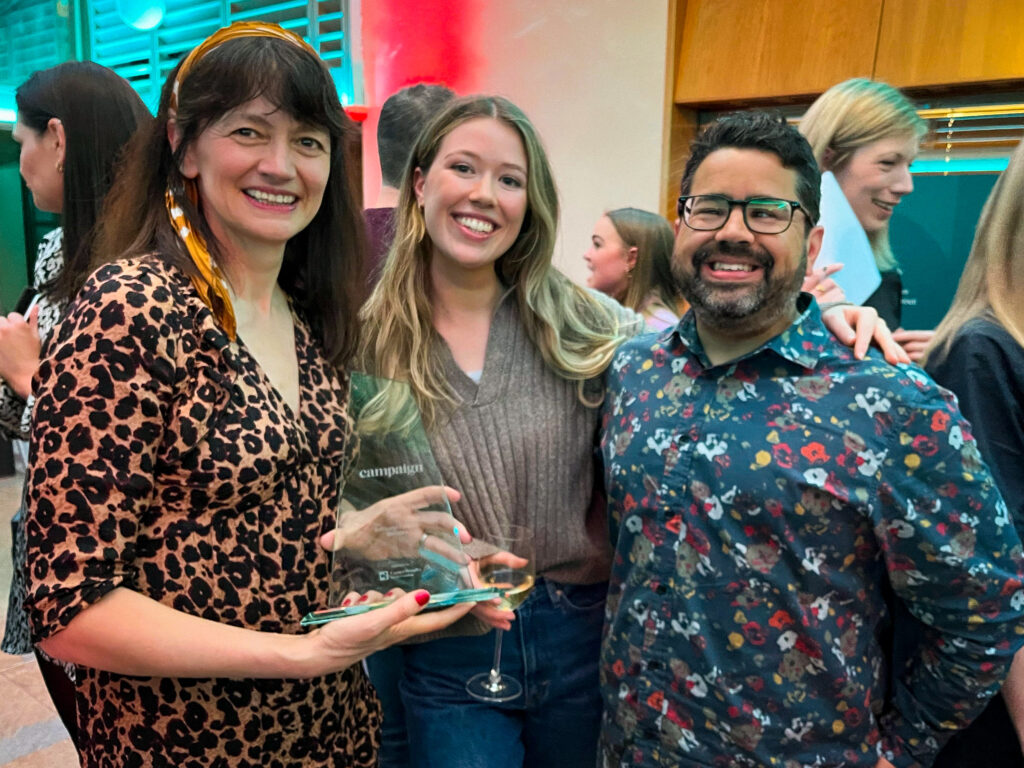
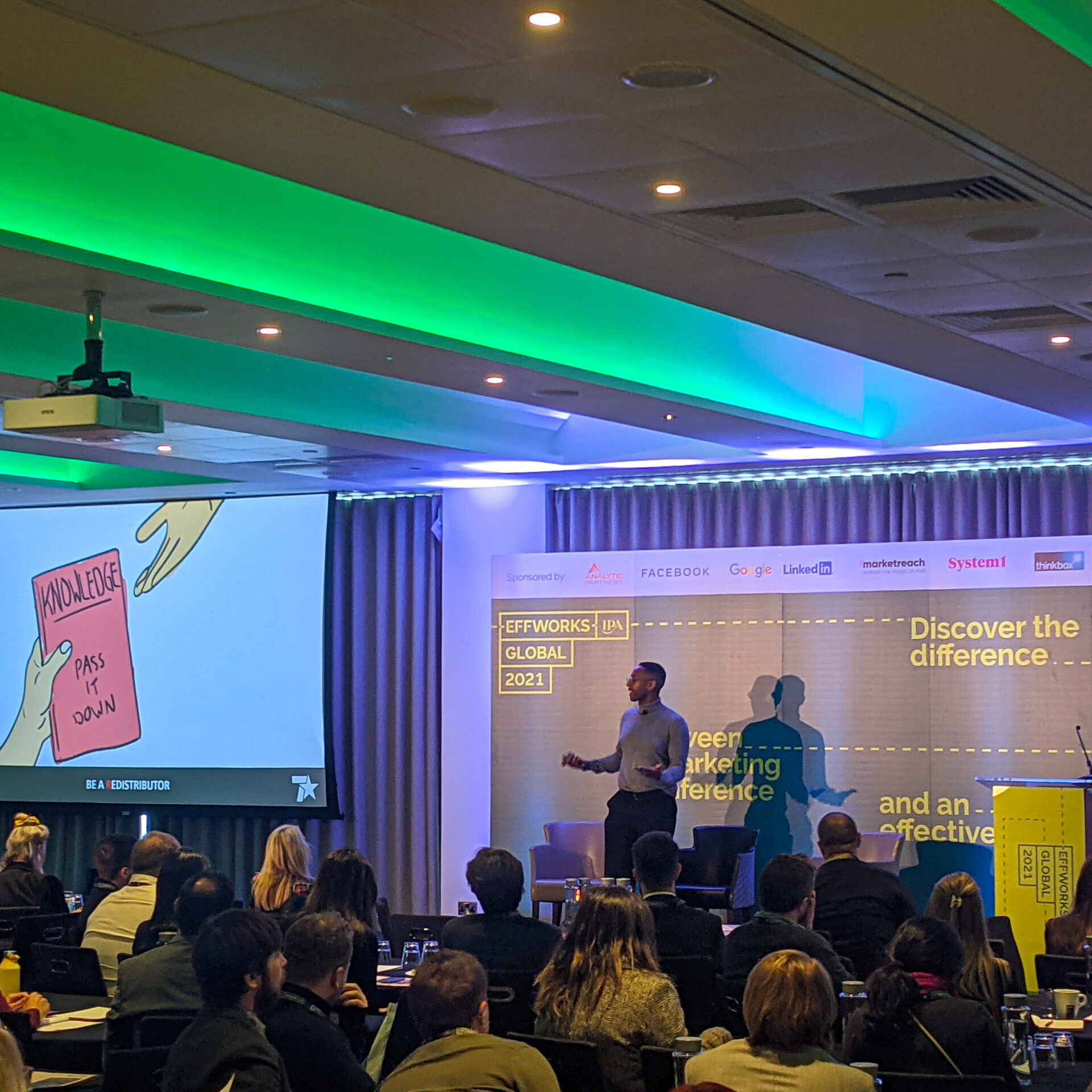
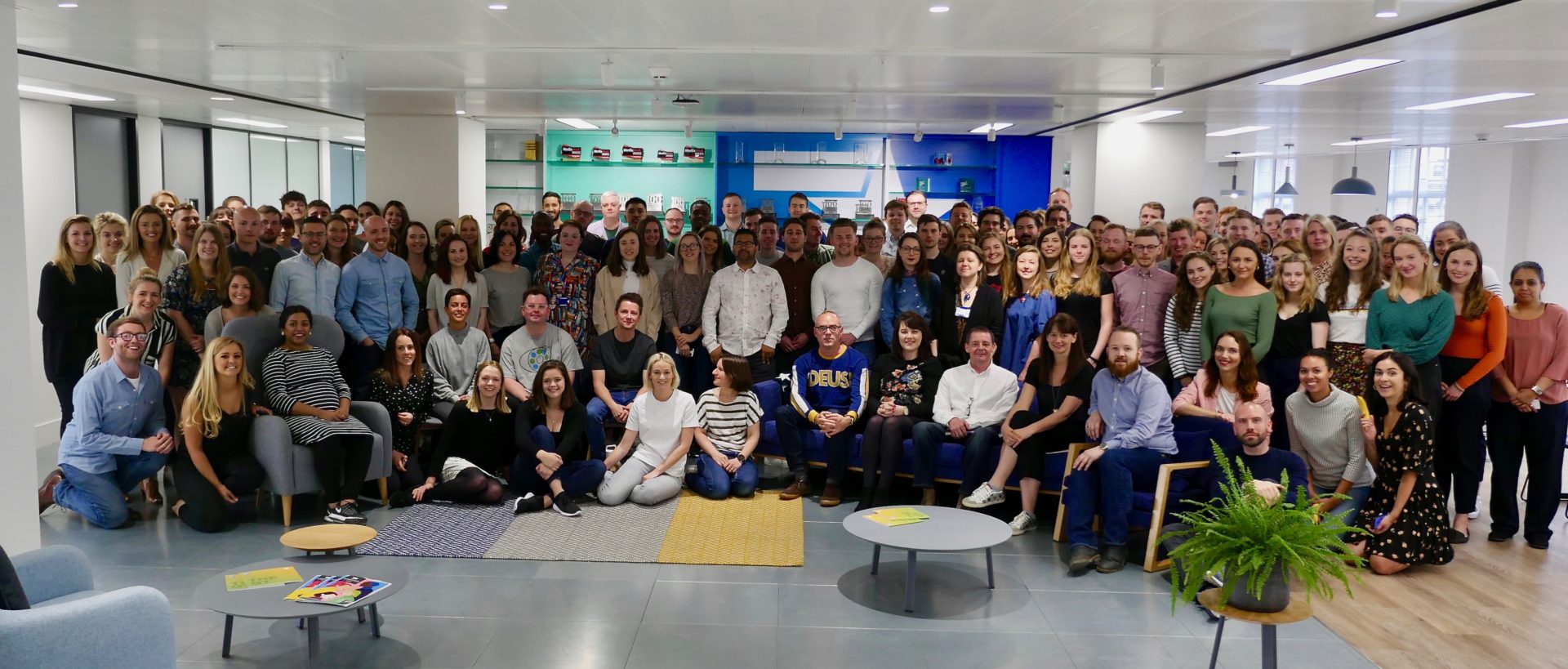
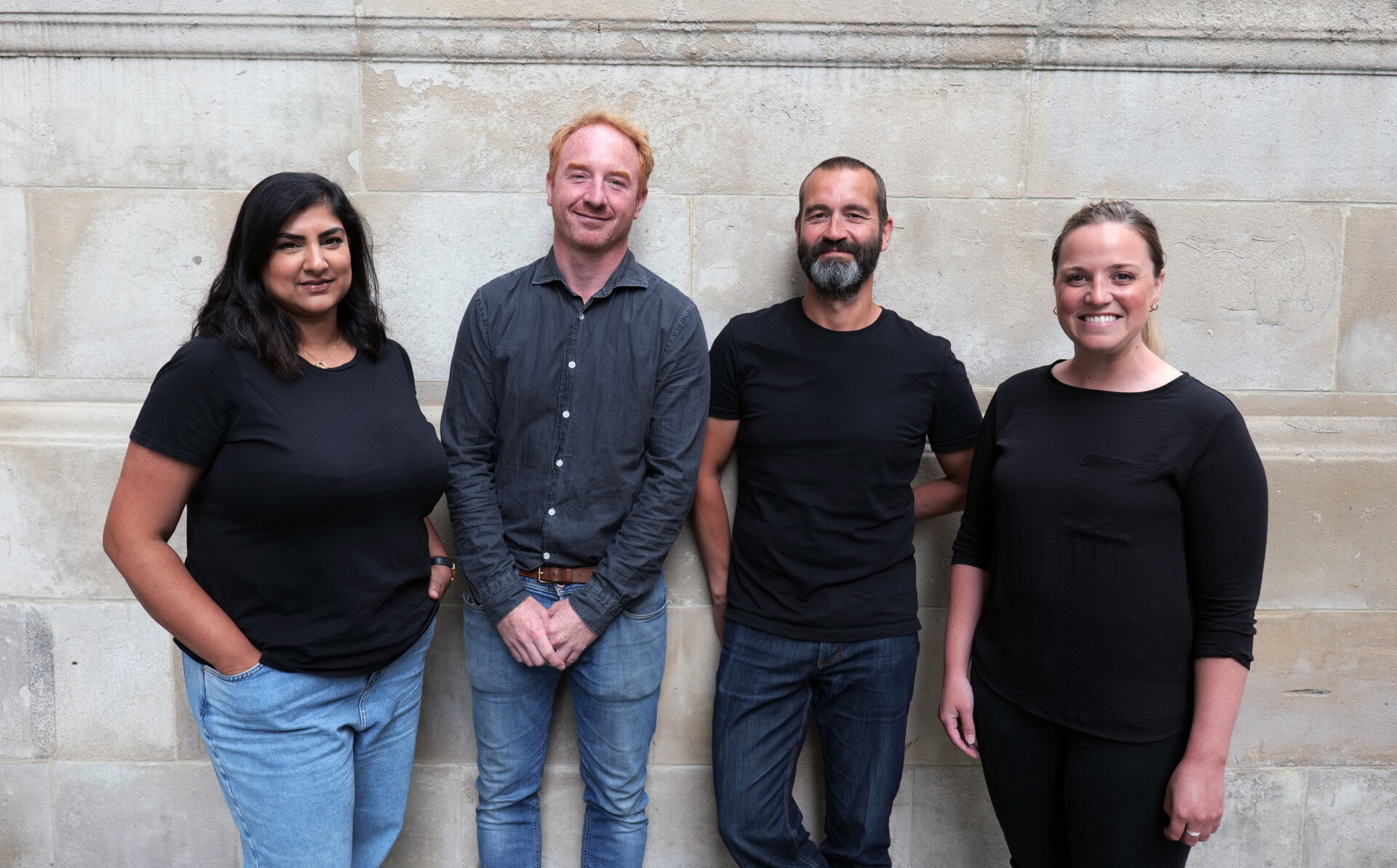
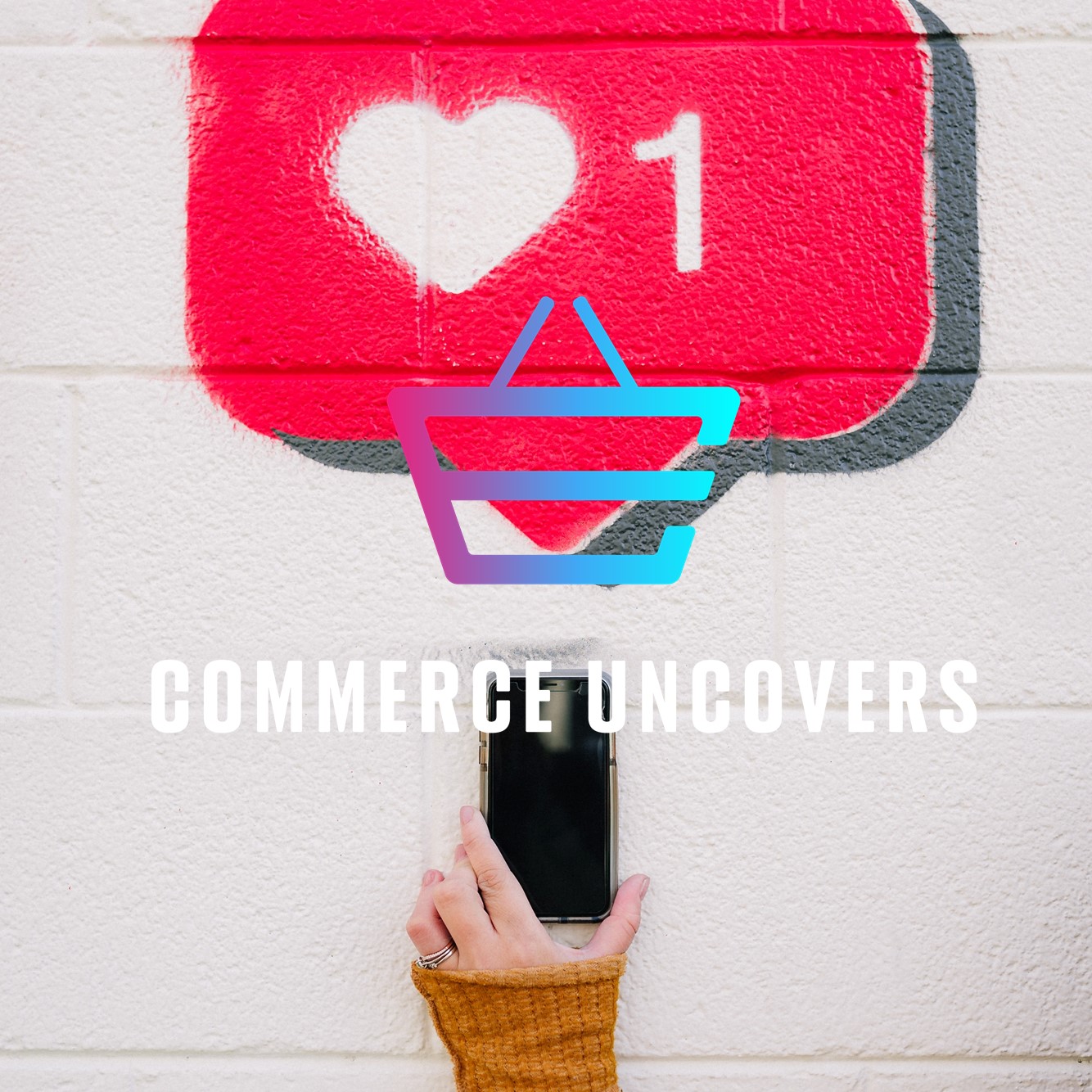


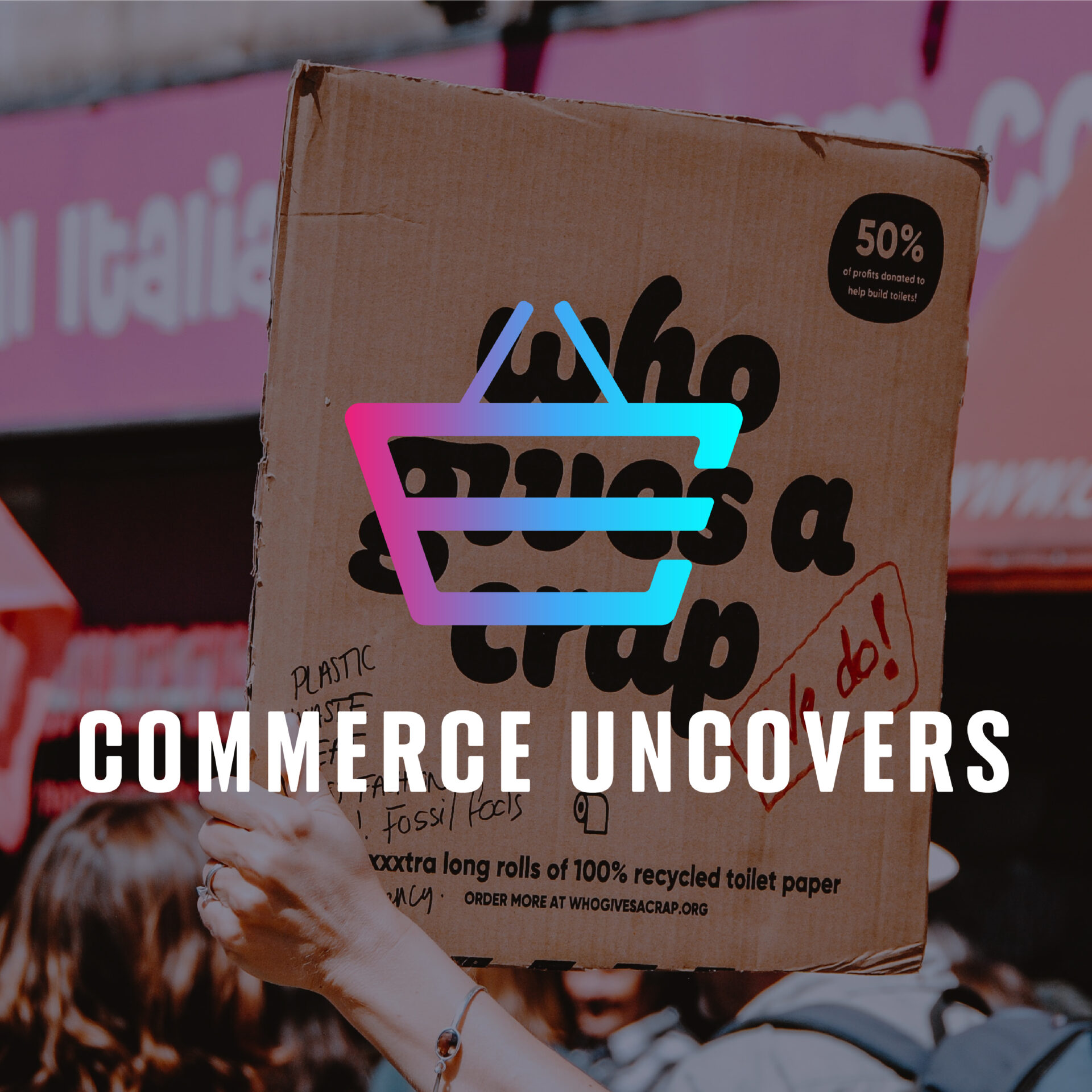
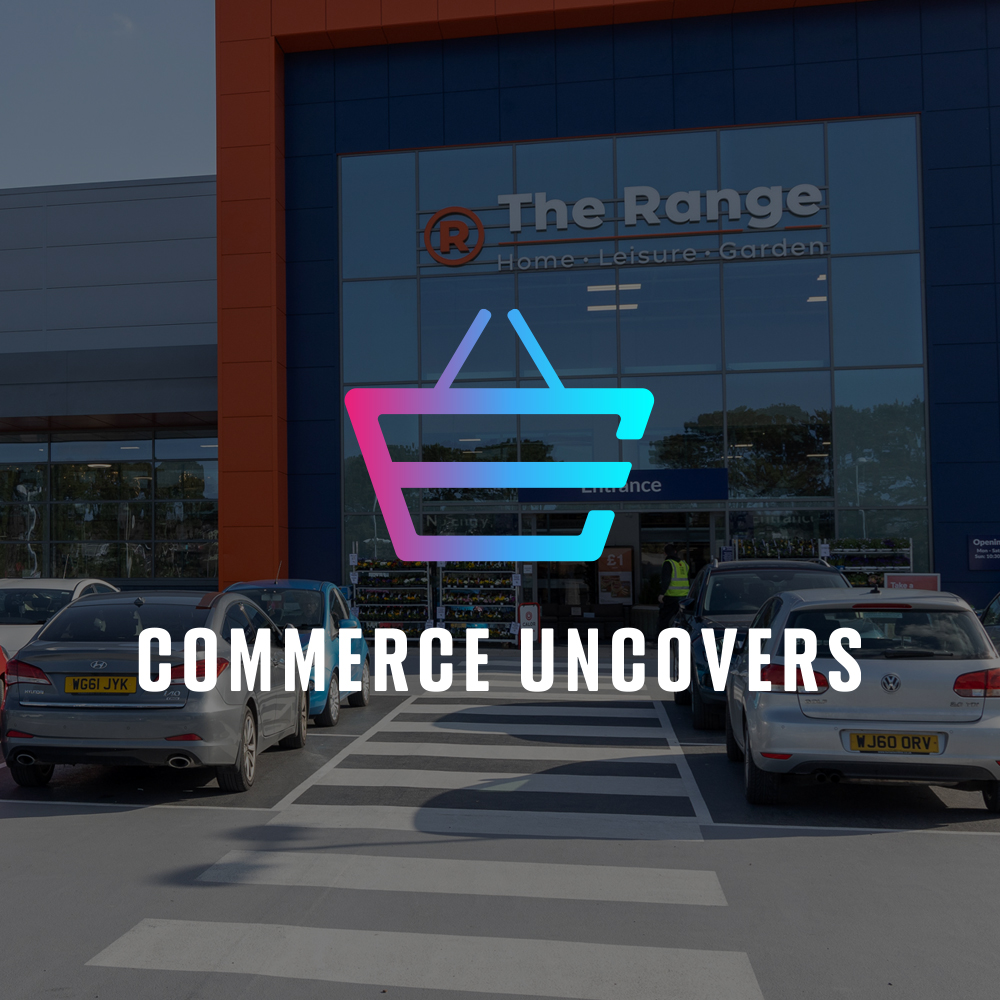

Recent Comments